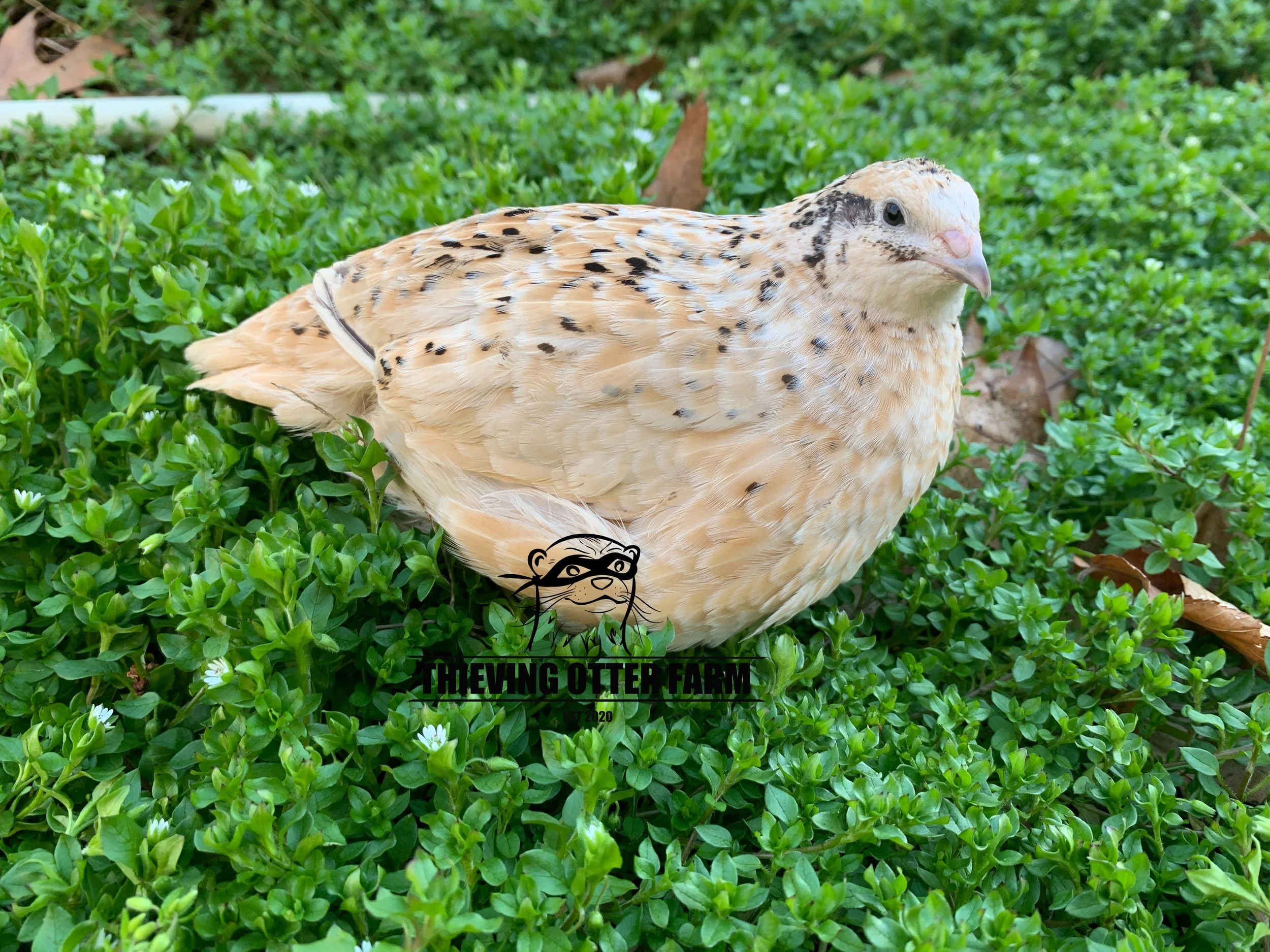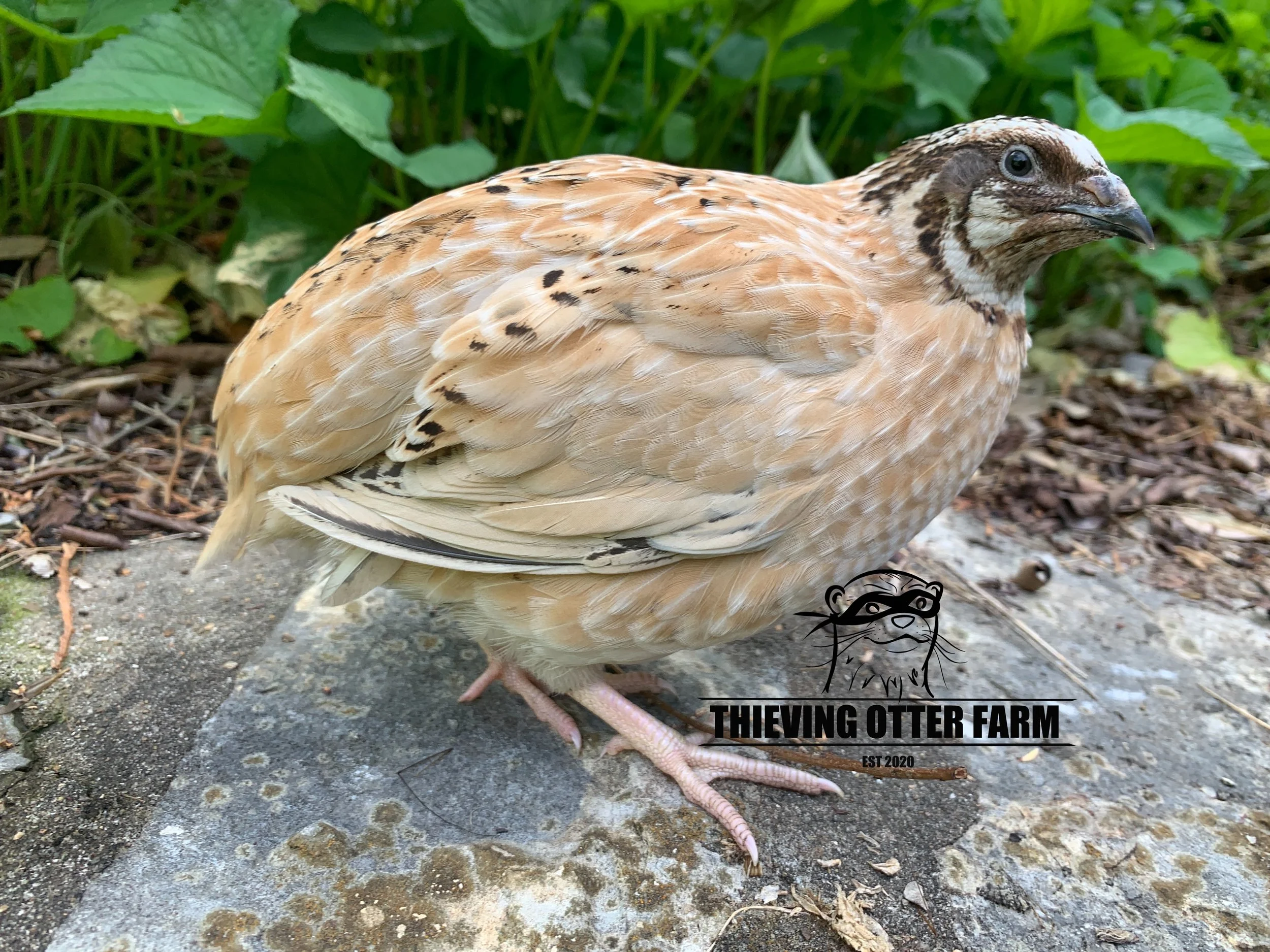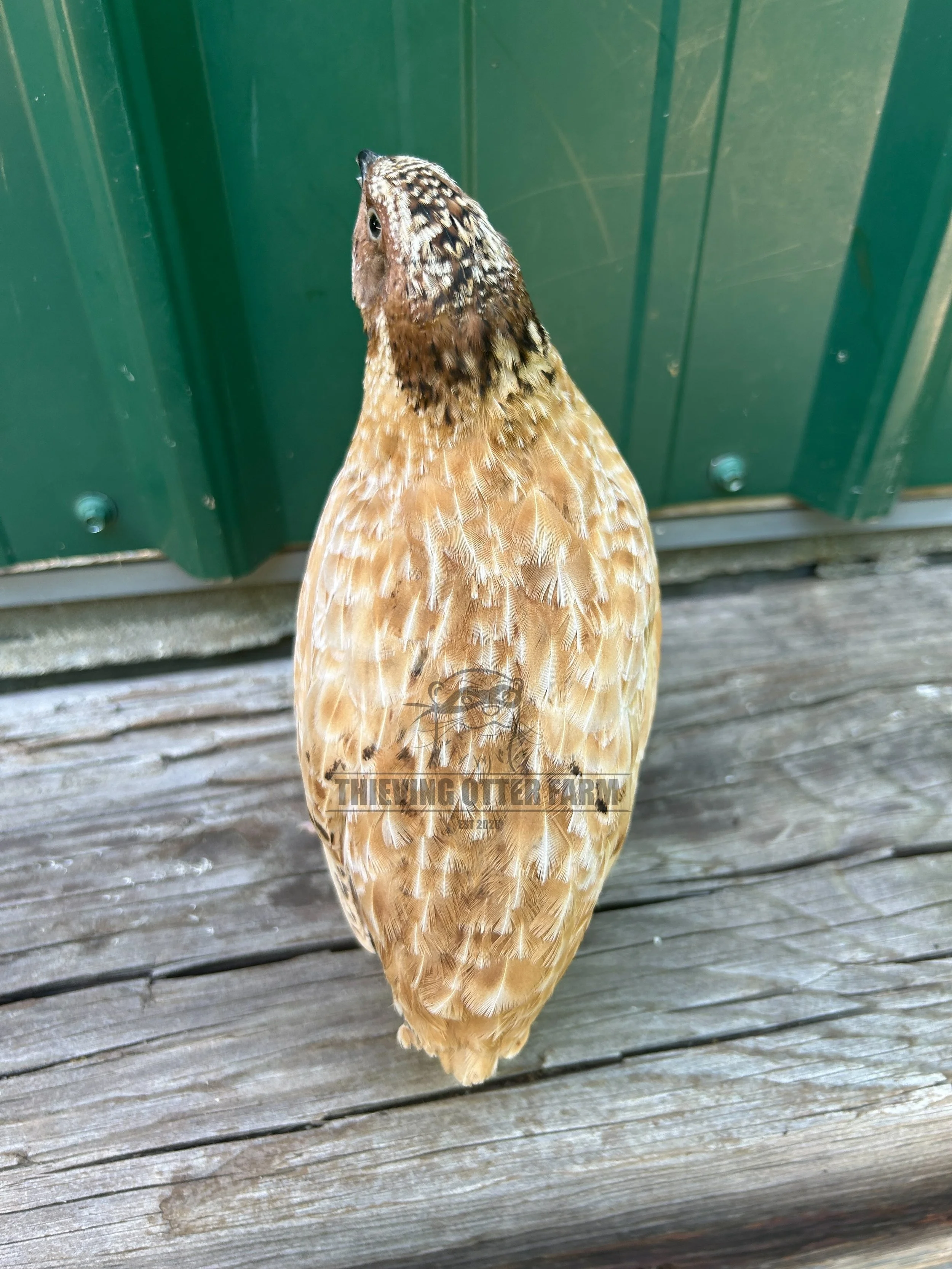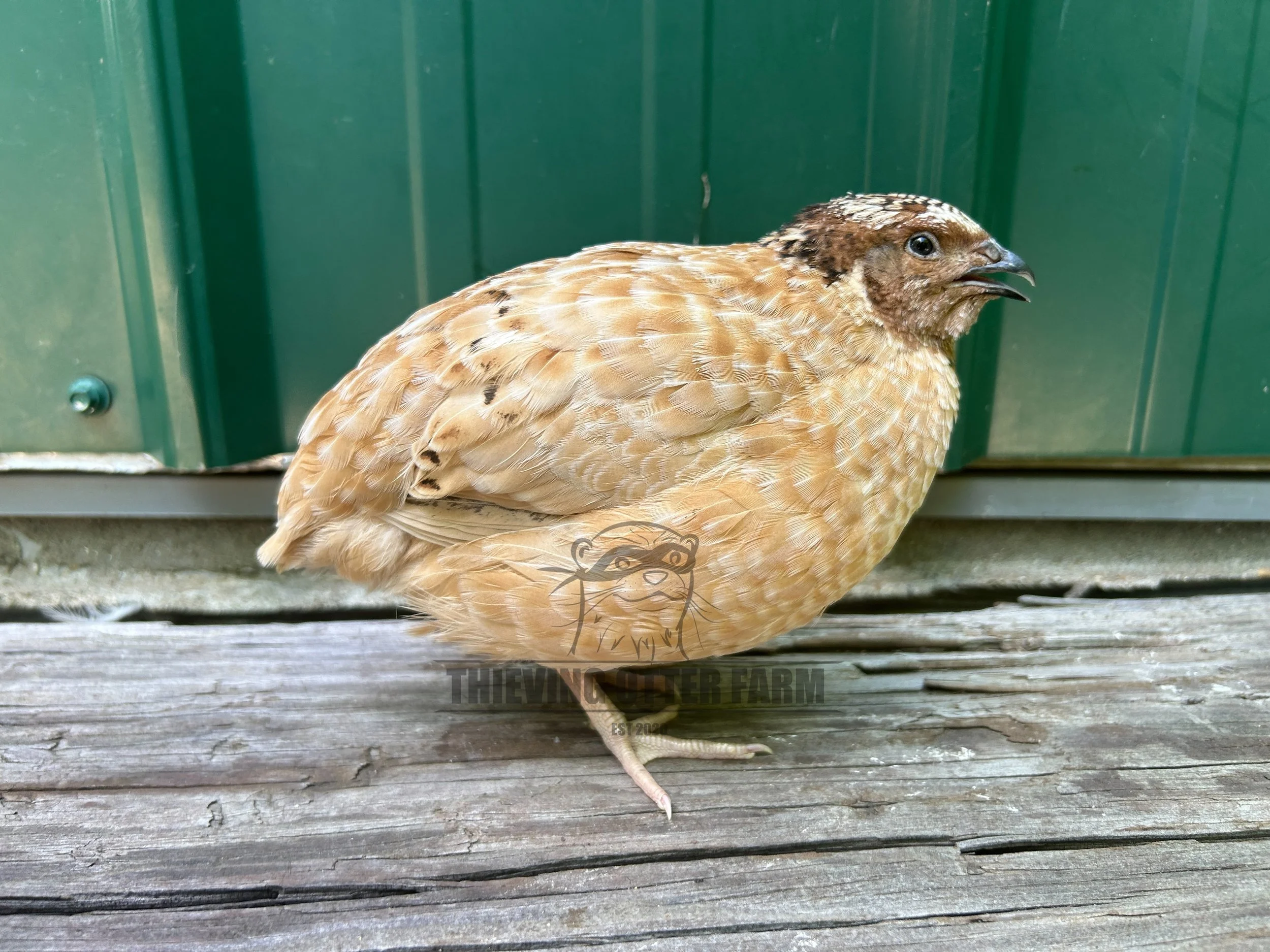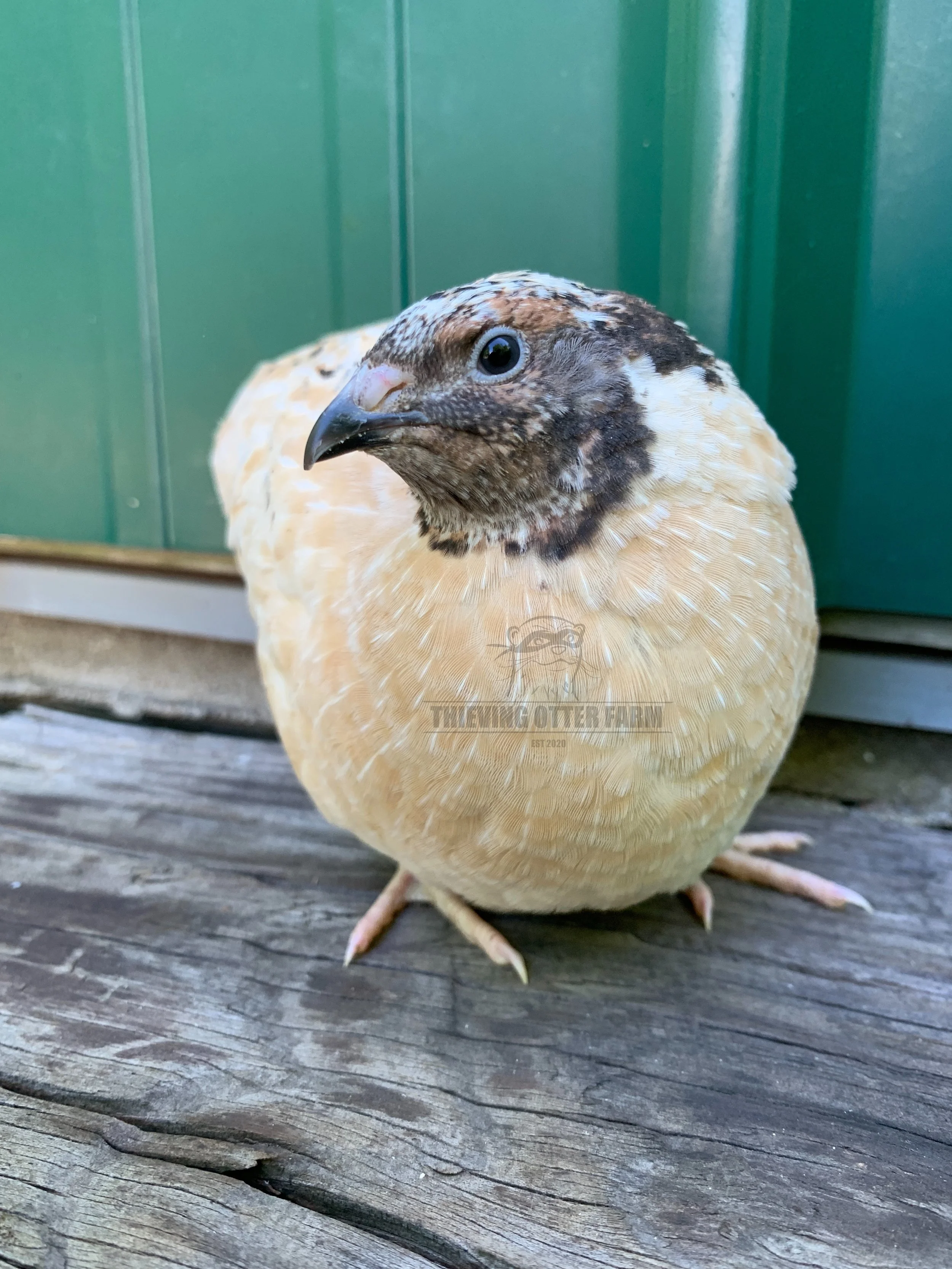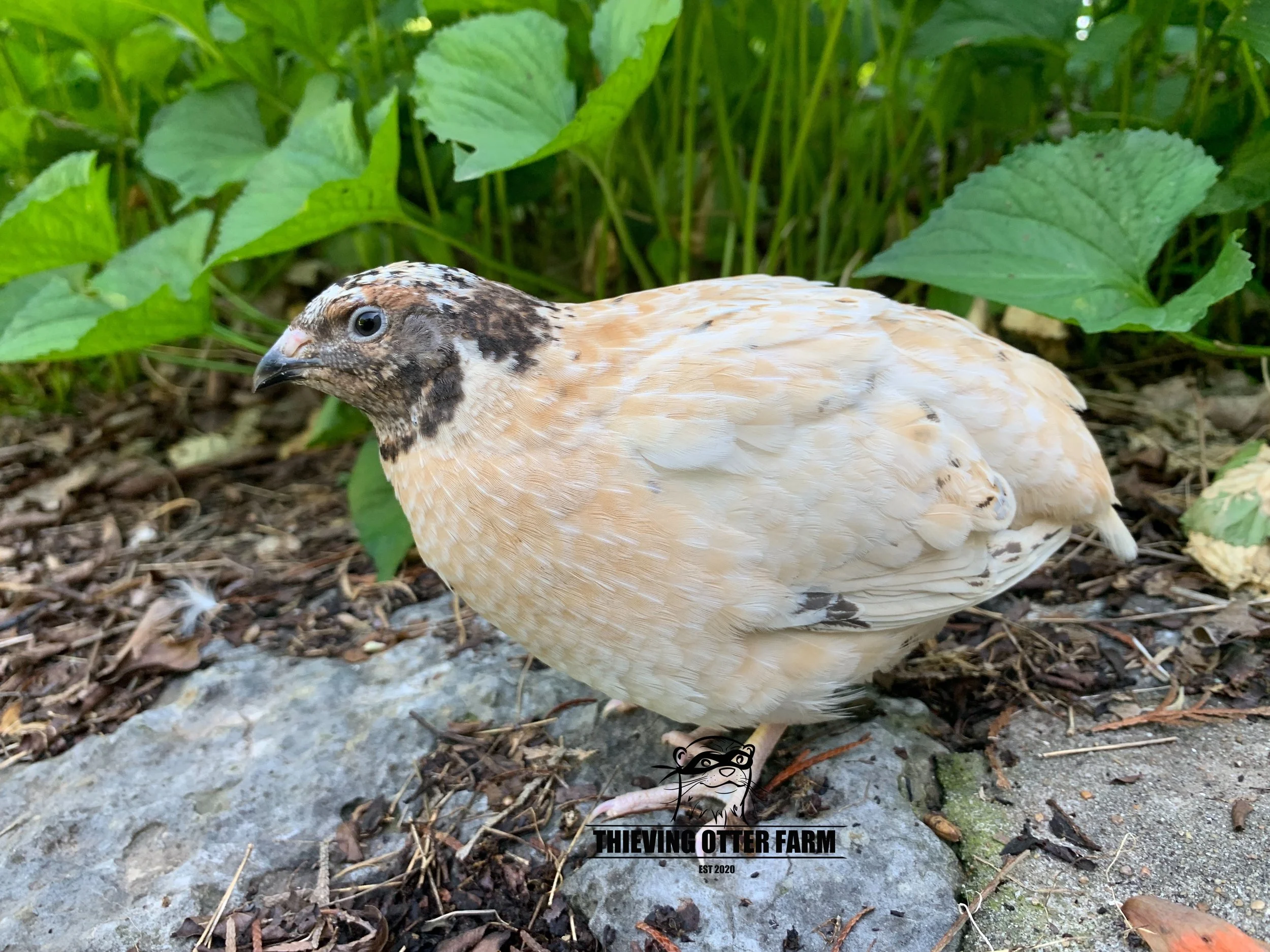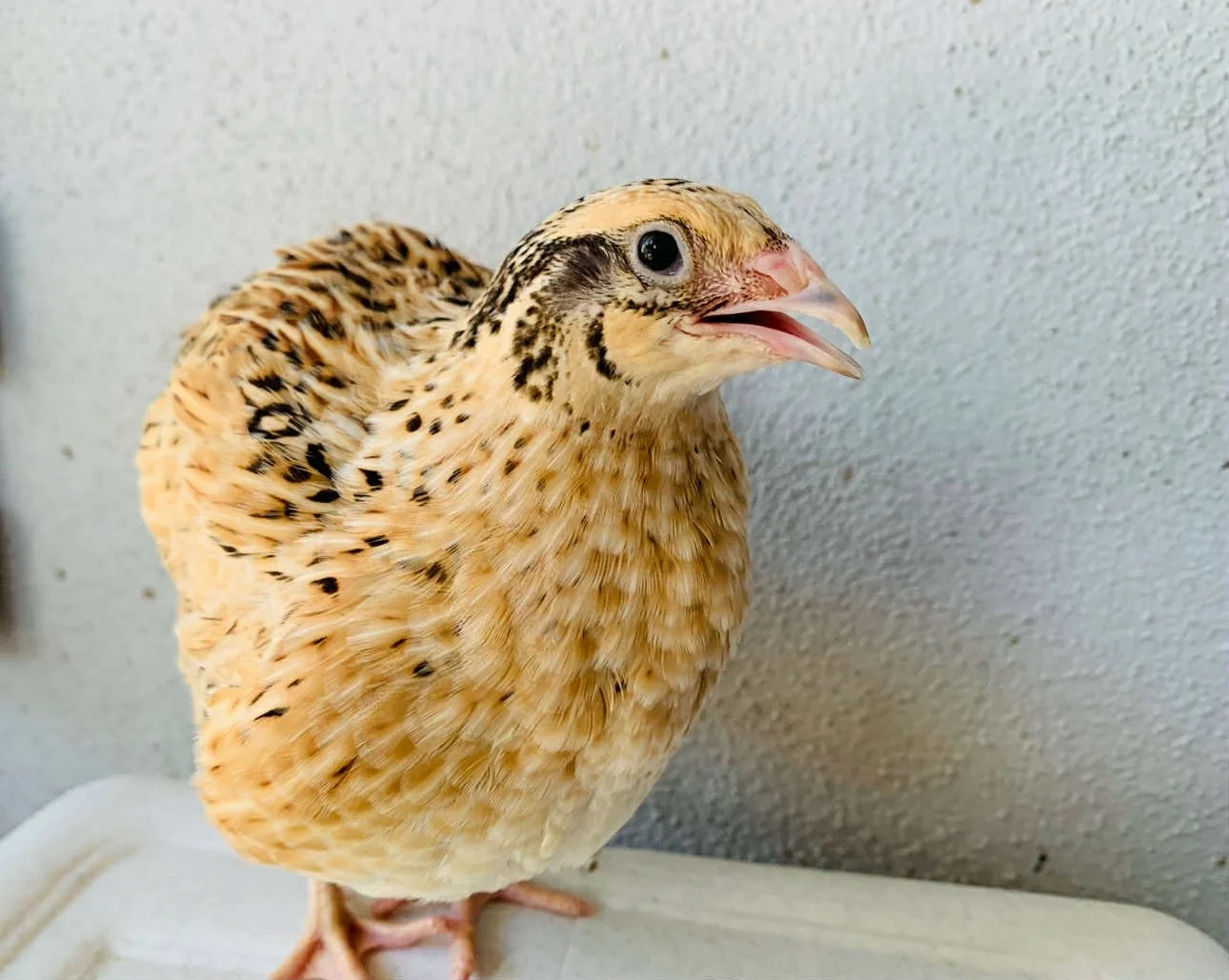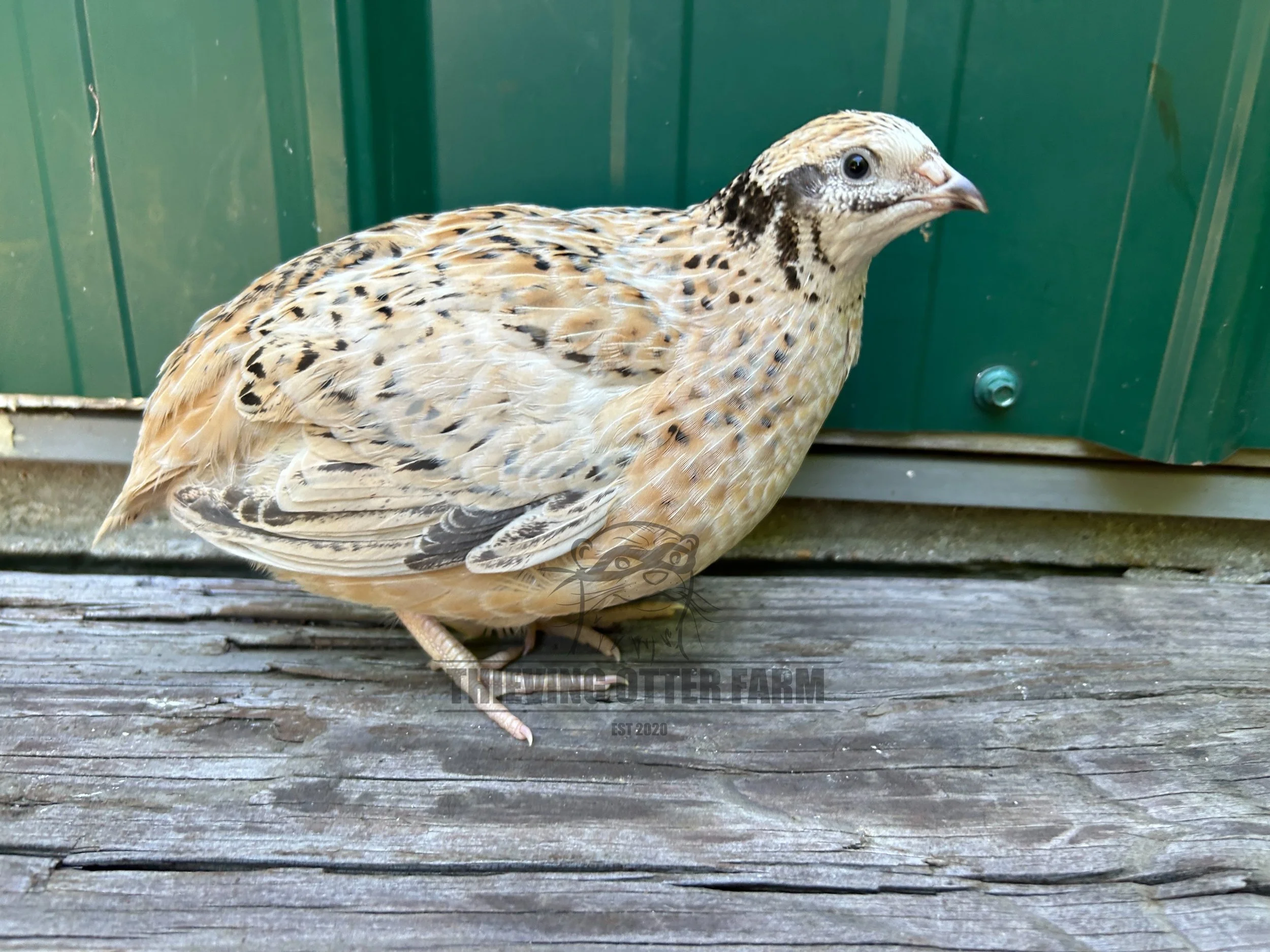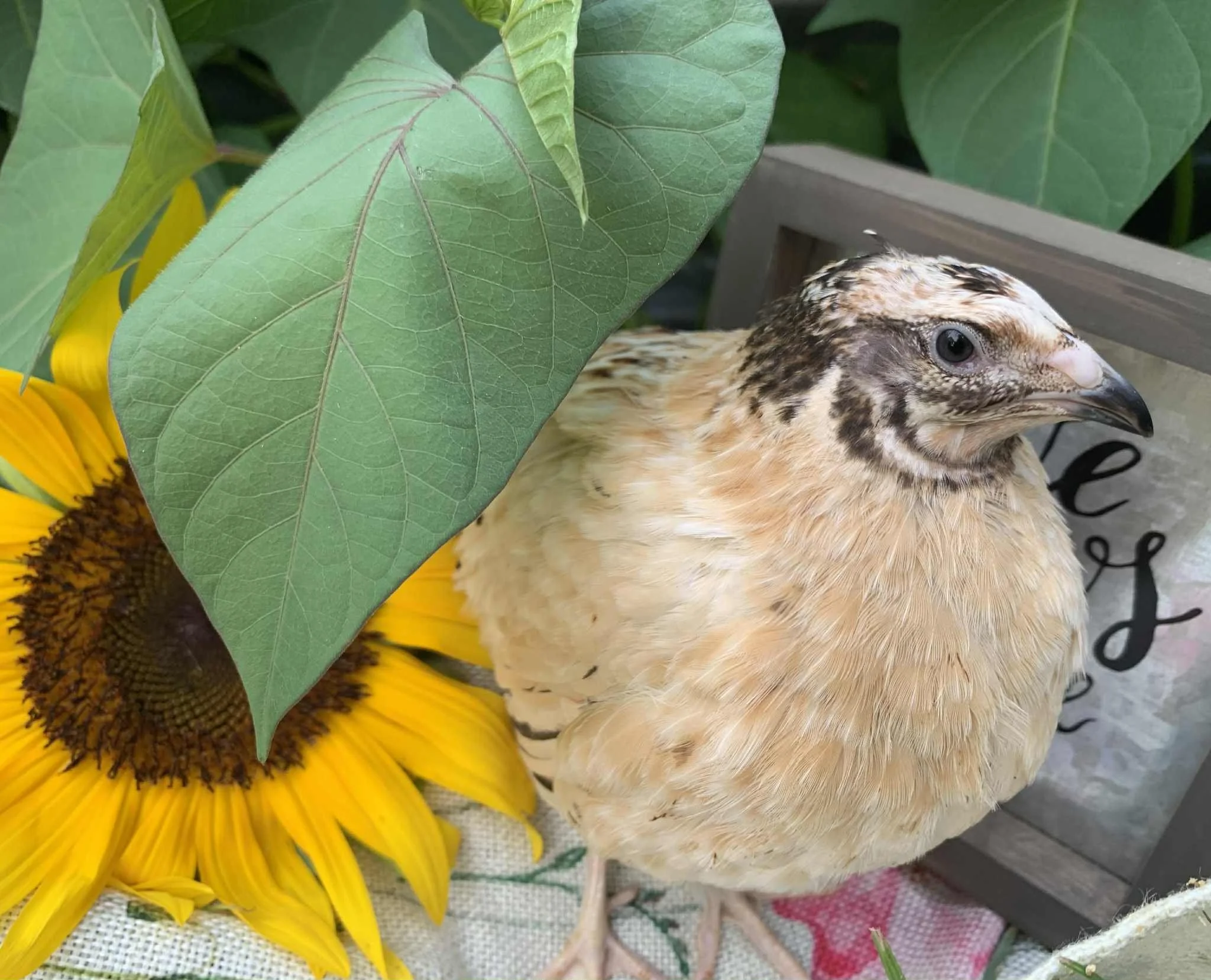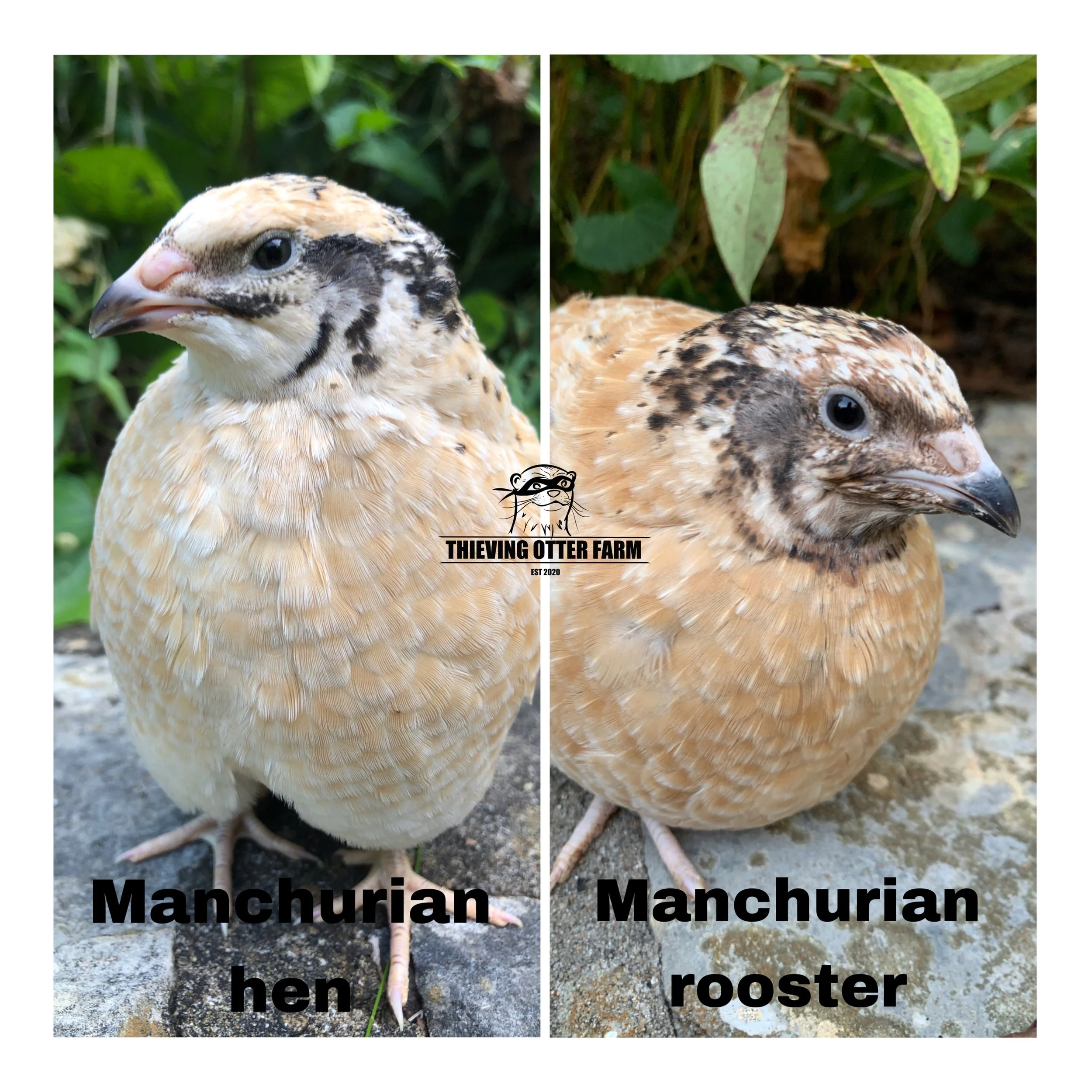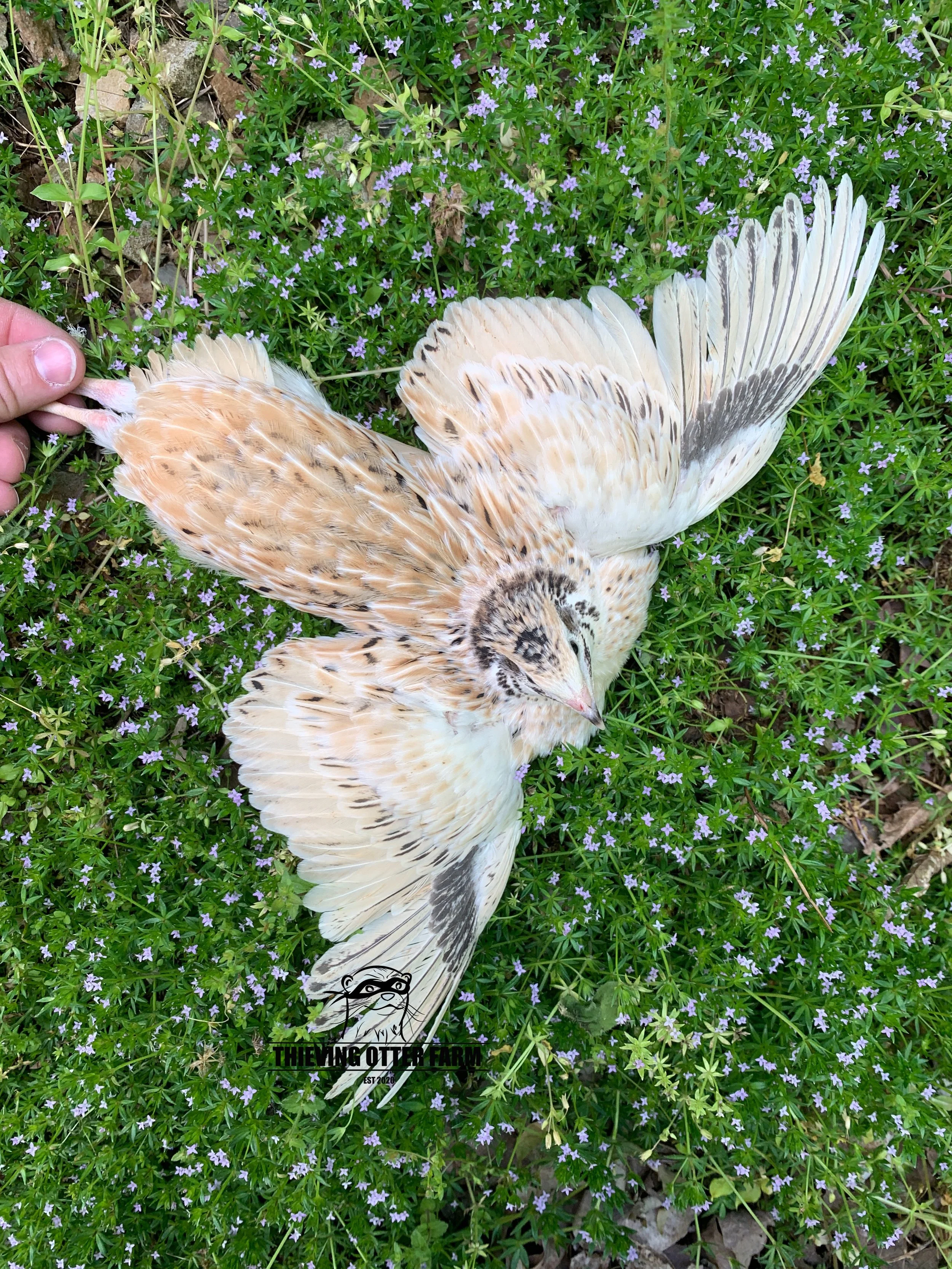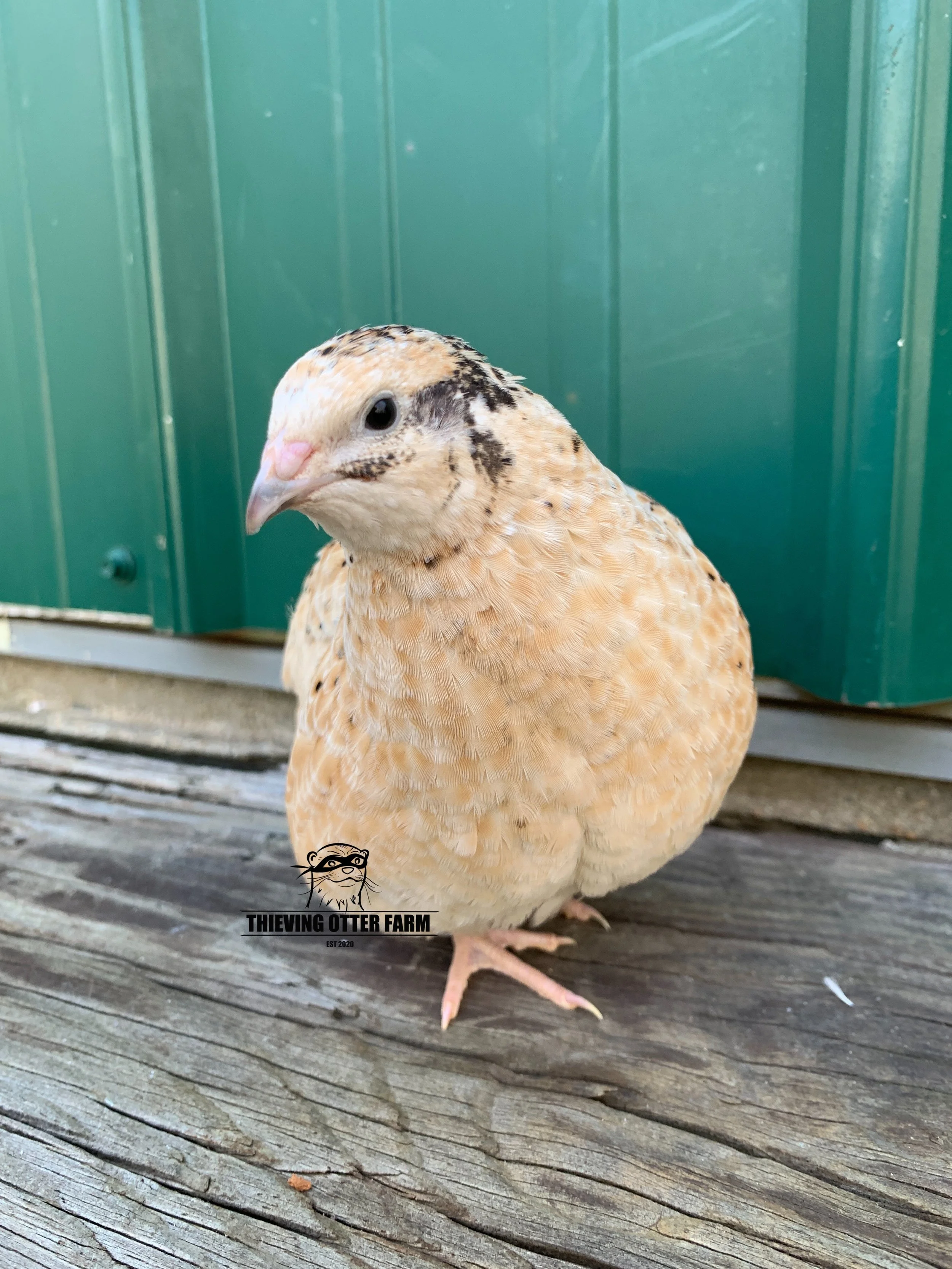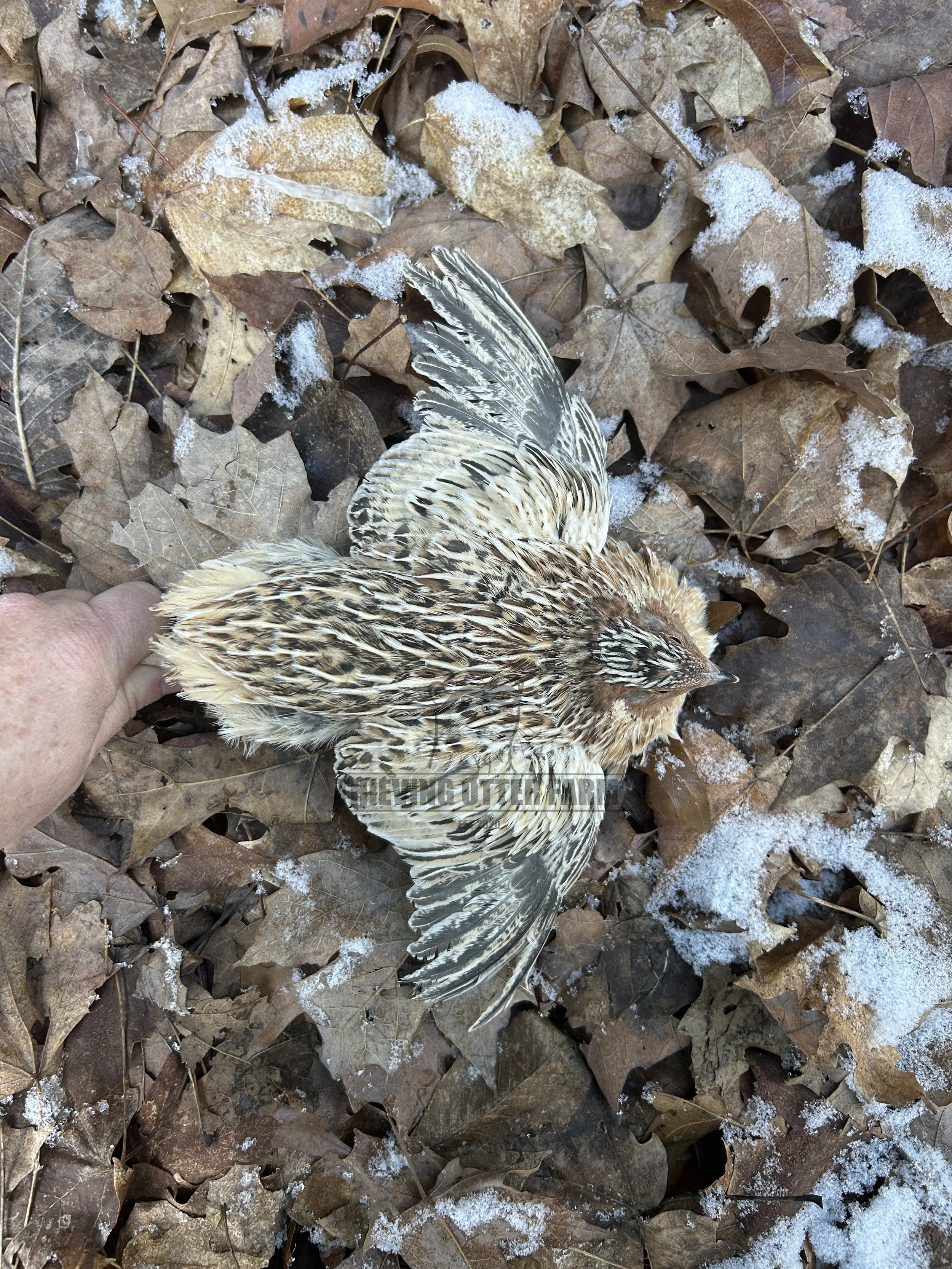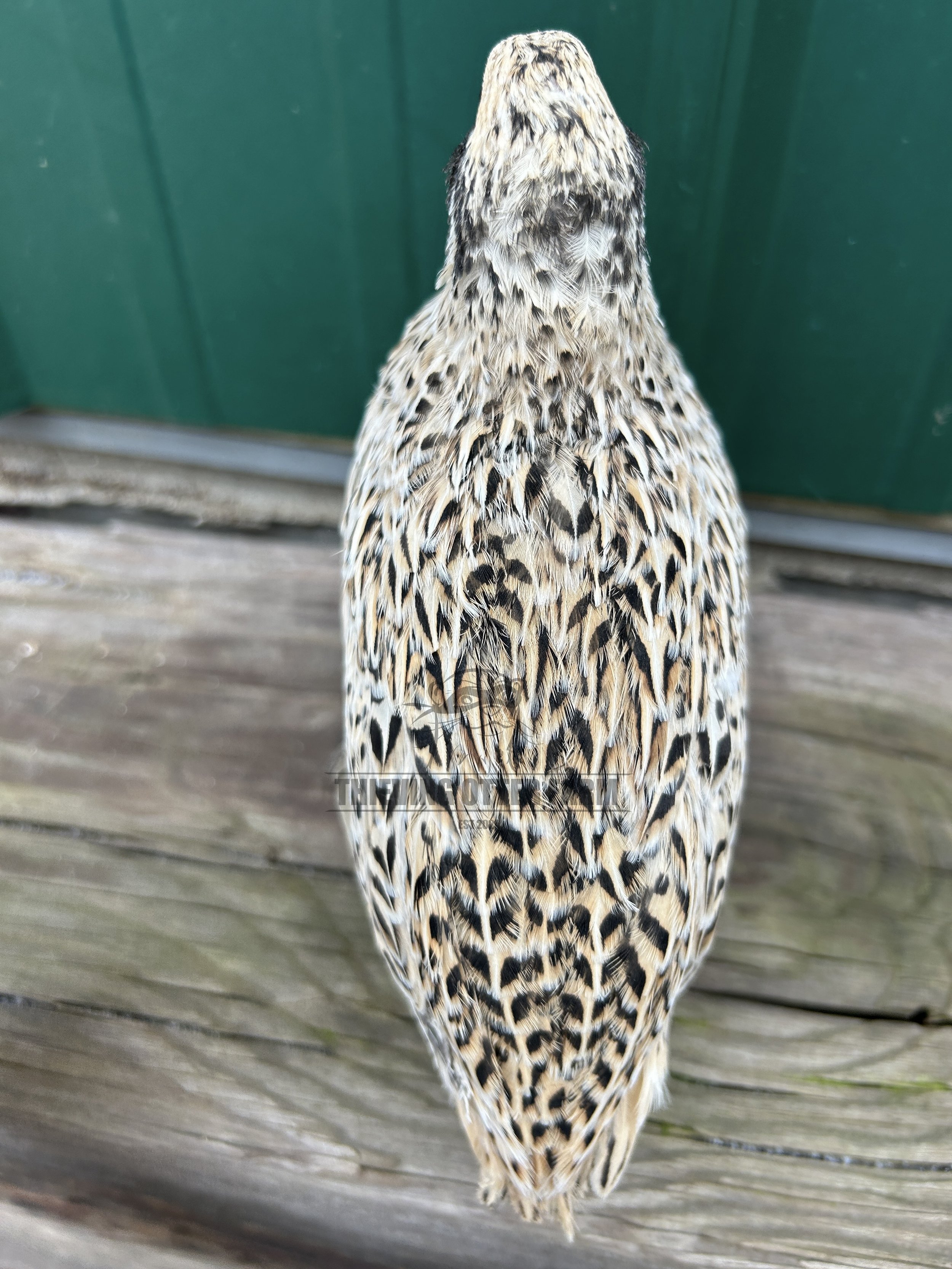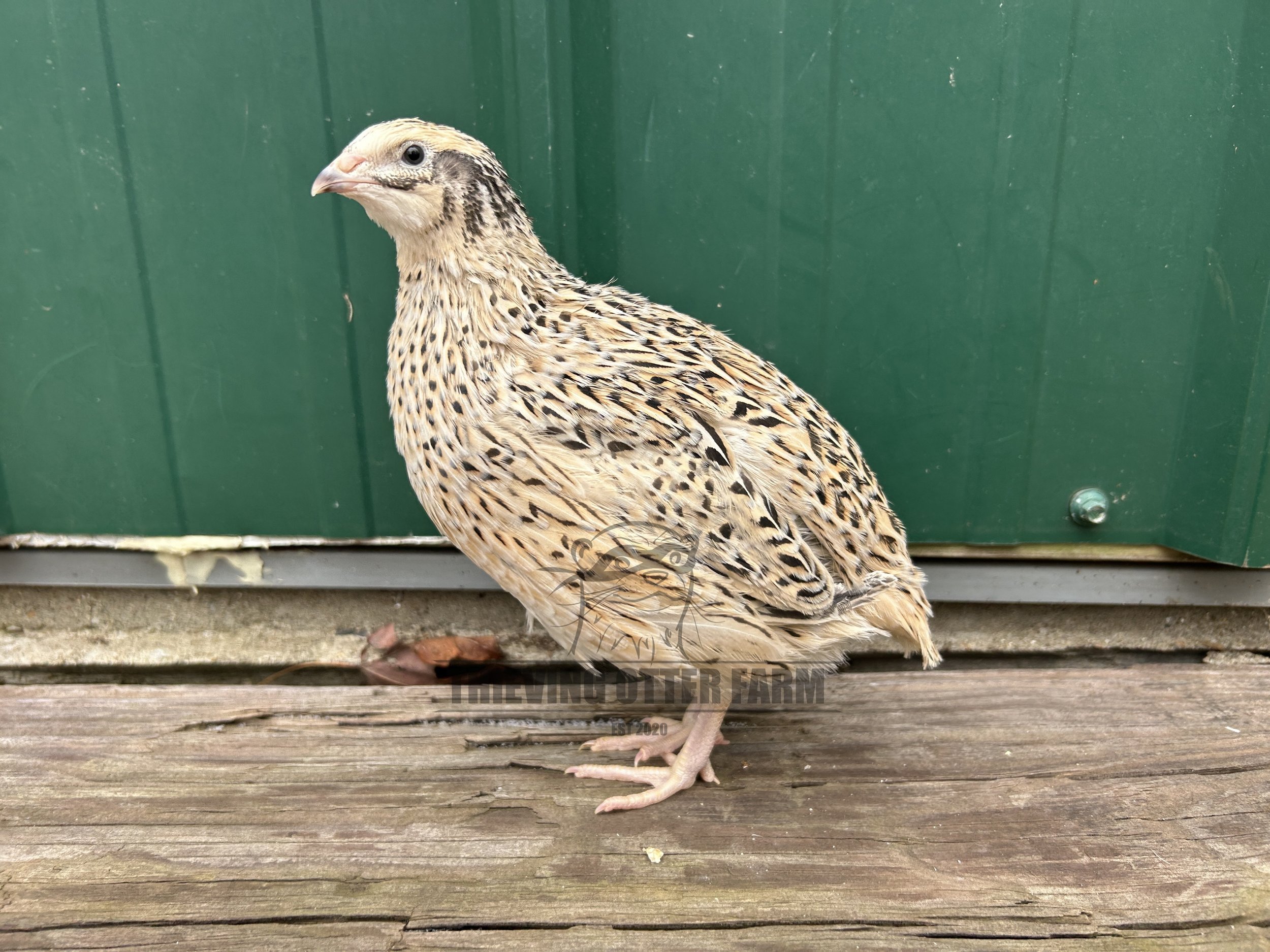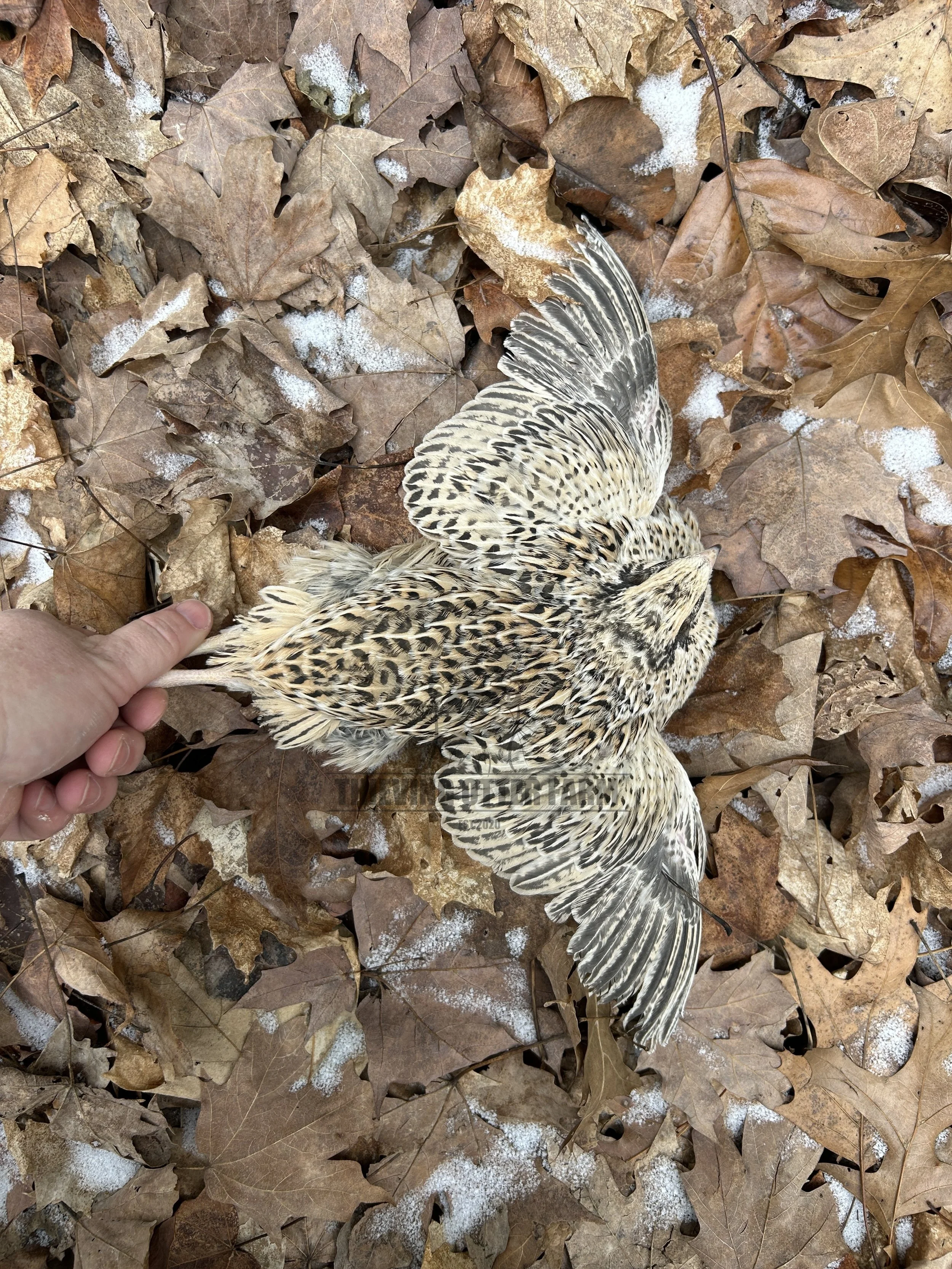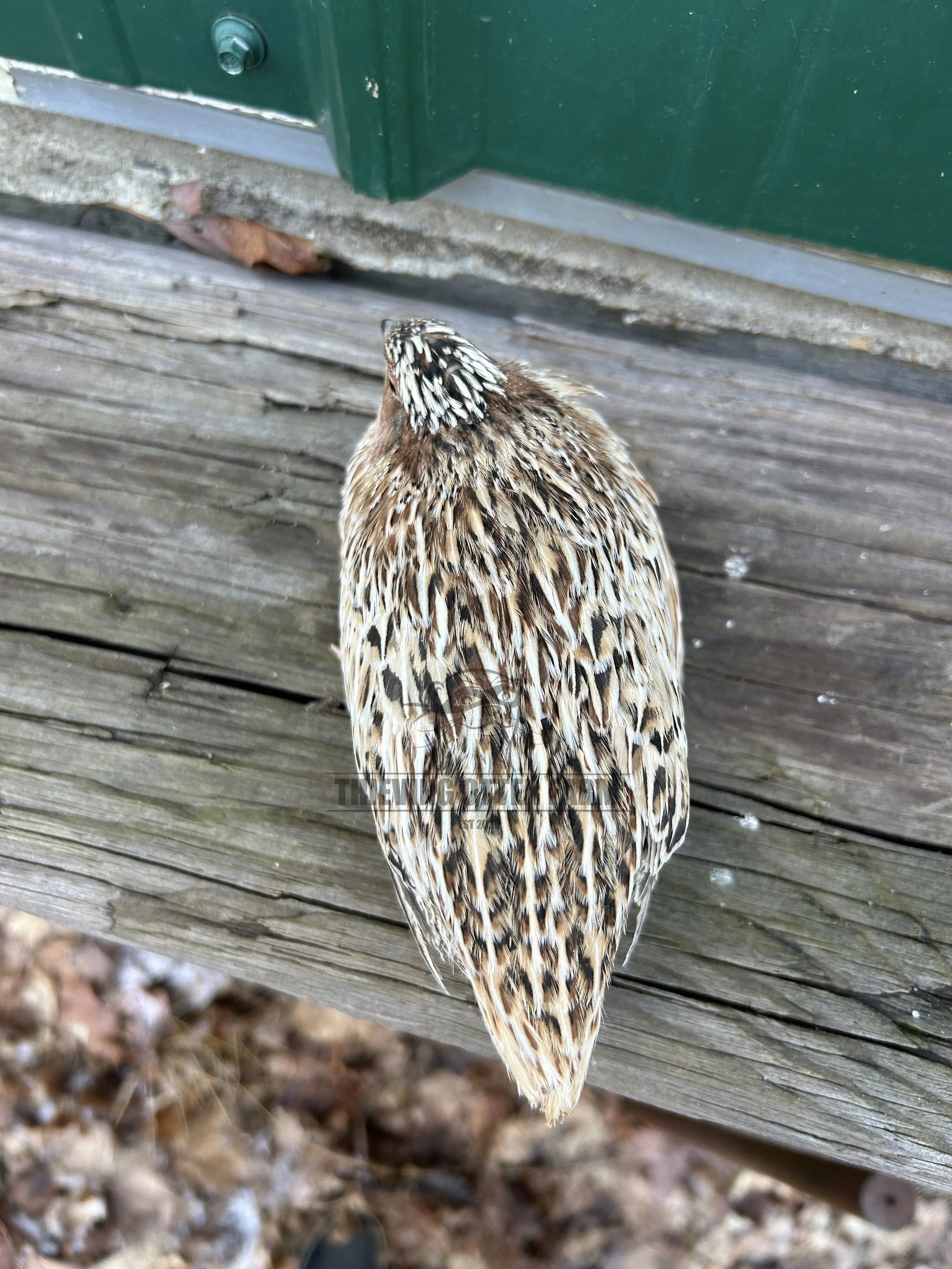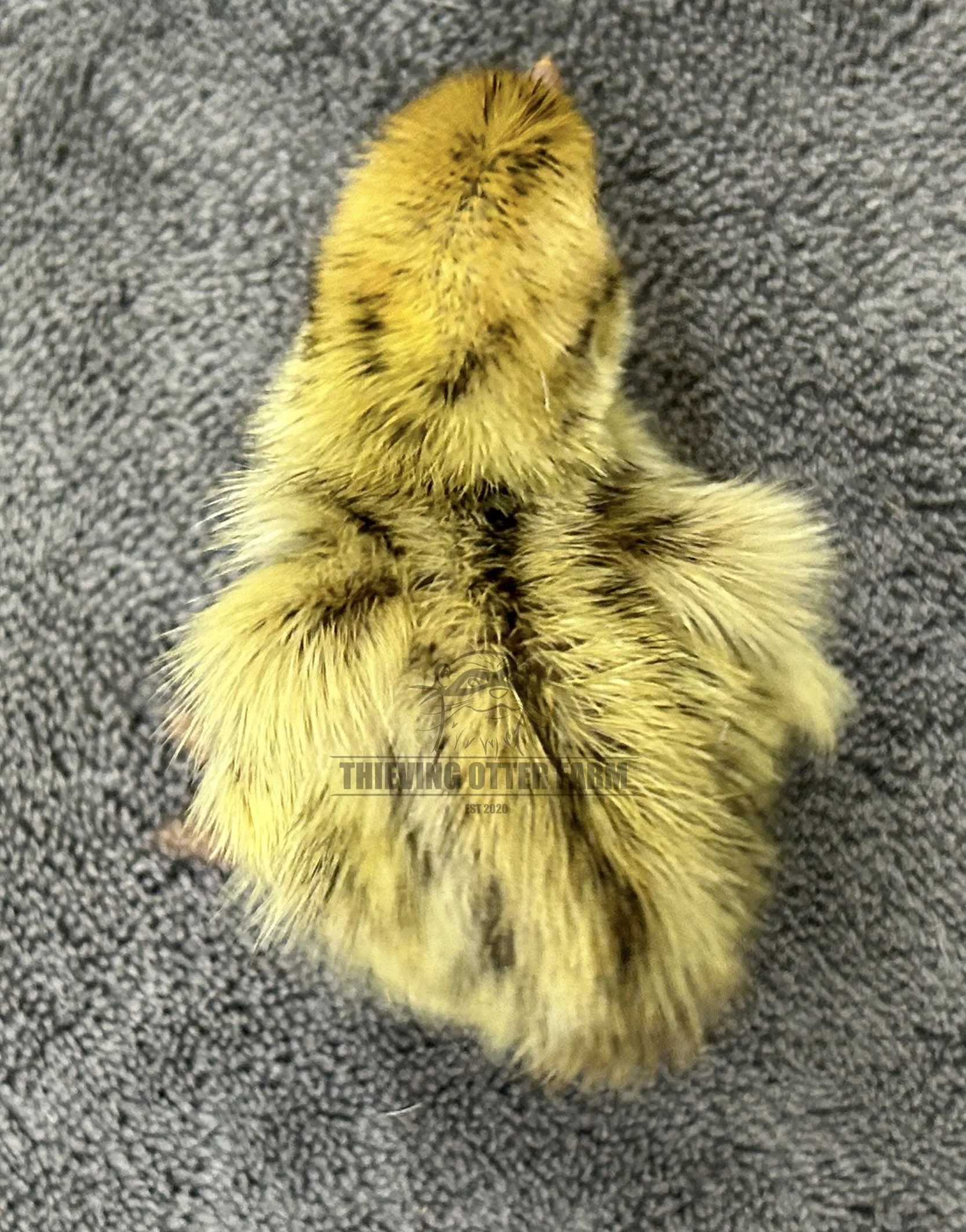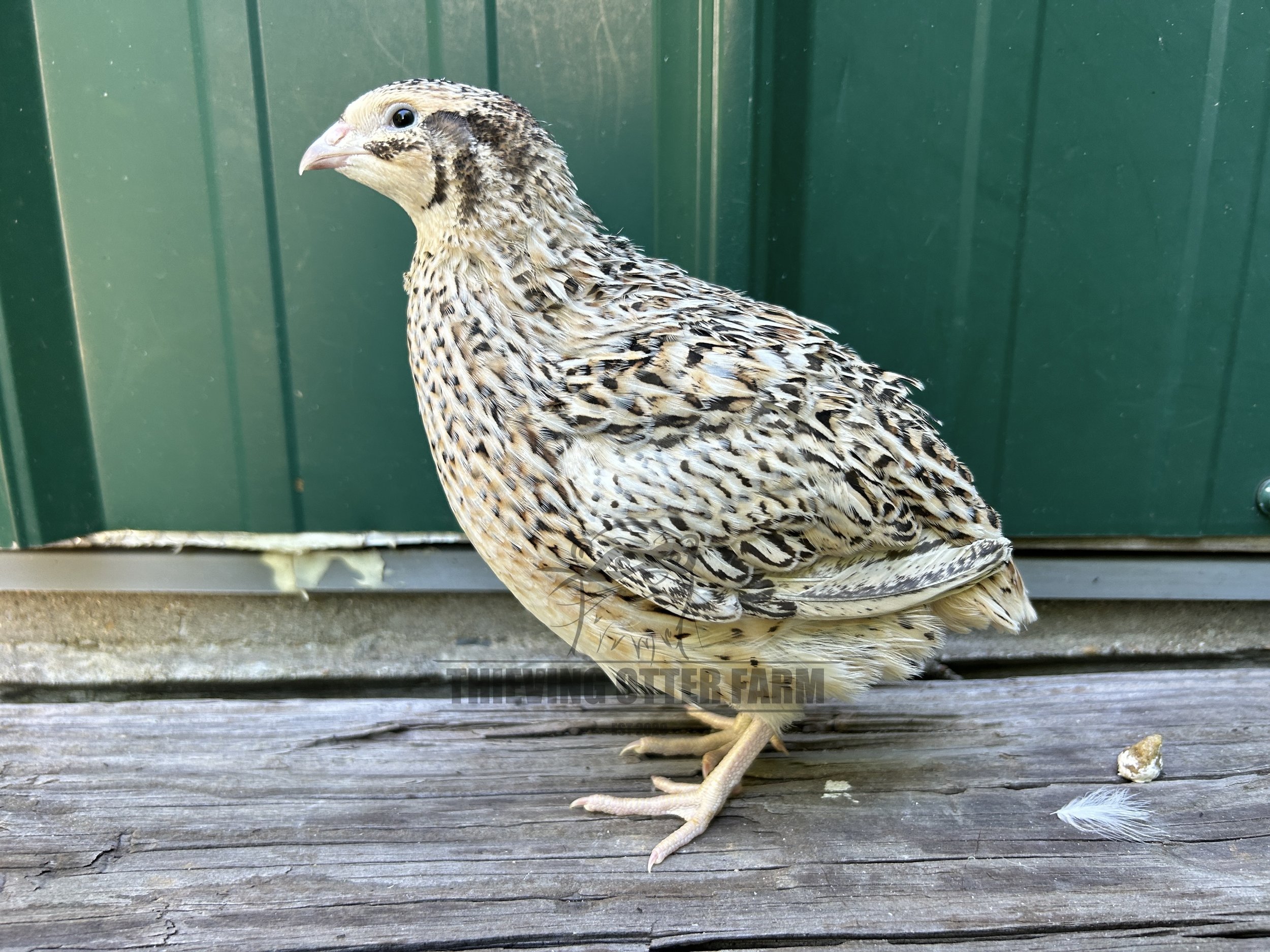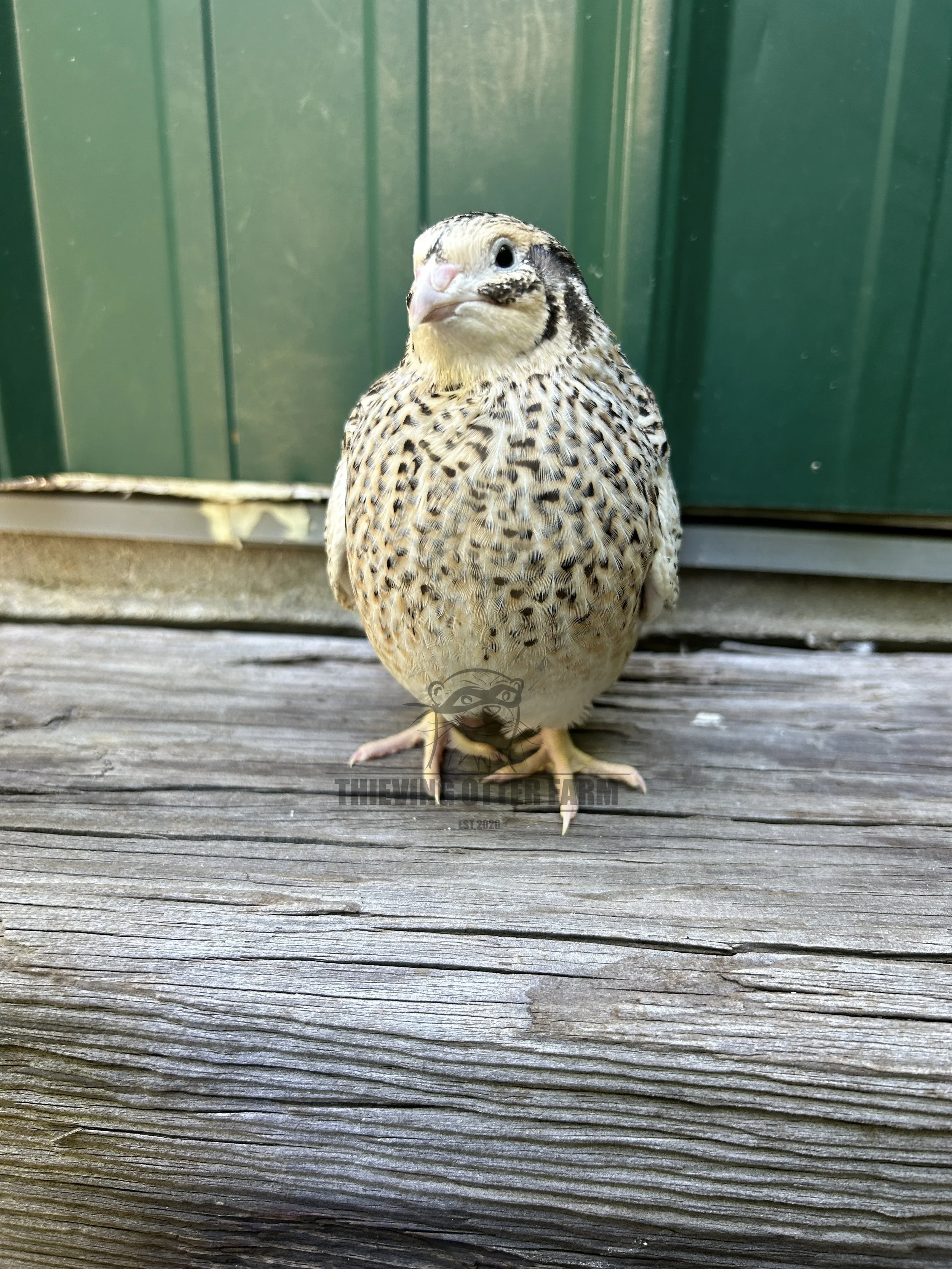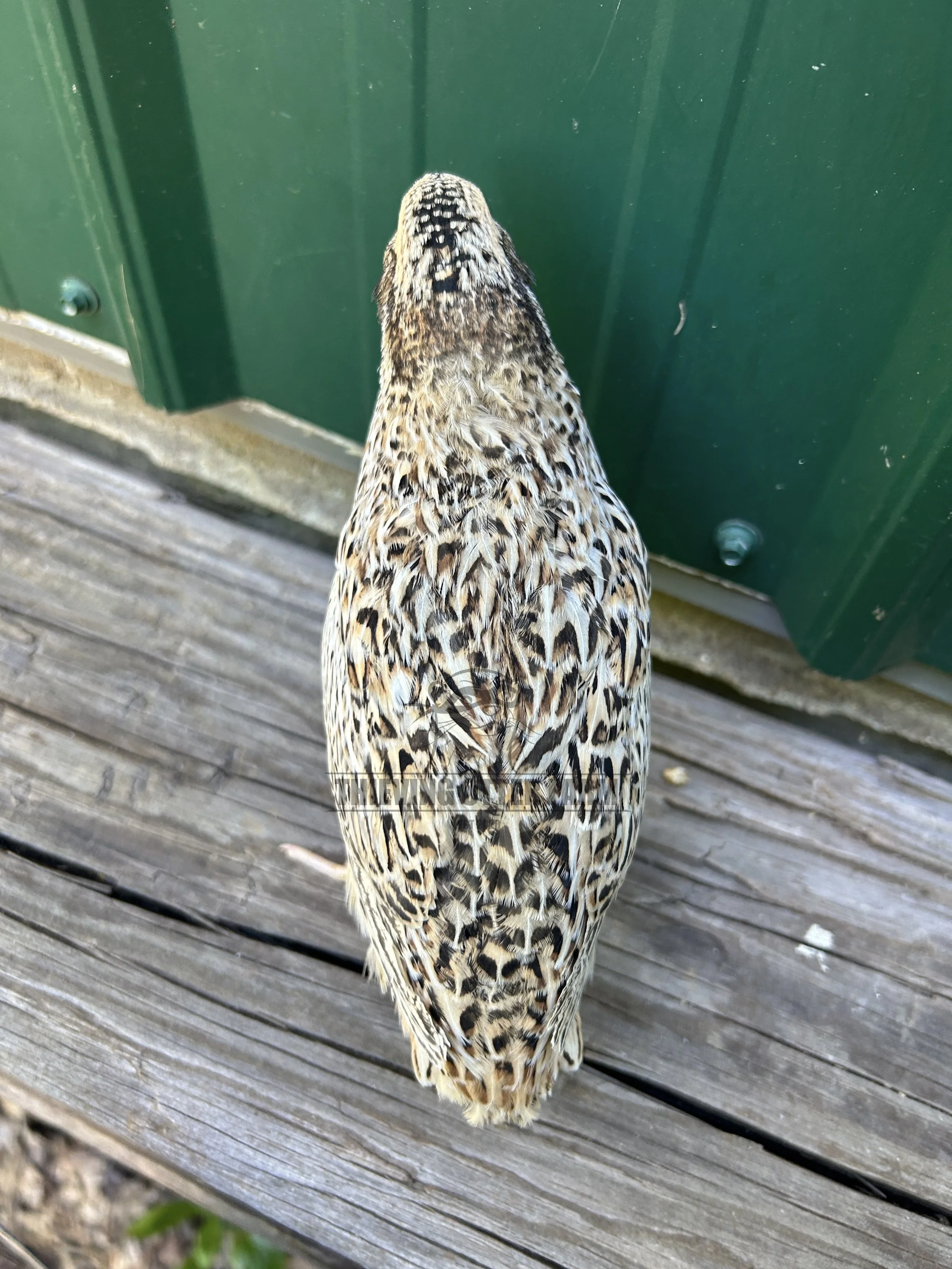Understanding the Fawn Gene
Before we start talking about the Fawn gene, we need to get some science-y terminology out of the way.
Pharaoh is the foundation of all Coturnix colors and patterns. Everything must build first on Pharaoh.
Each of the colors/patterns we will talk about will be a gene. These genes are also called mutations. Not the monster-from-the-radioactive-lagoon type of mutation, but a change in the genetic makeup of Pharaoh.
Each gene is located in a certain place on a chromosome. That location is called a locus. Each locus is able to hold two copies of a gene(s) at any time. So you can have 2 copies of one gene, two copies of a different gene, or one copy each of two different genes.
Now to get technical for those quail nerds out there. Don’t worry, you don’t need to know the gene name or locus. I won’t quiz you.
Fawn is gene ASIP. It’s on the Y locus.
Having one copy of a gene is called being heterozygous for that gene. Having two copies of a gene is called homozygous.
Still with me? Awesome!
Fawn adds shades of orange/gold to Pharaoh. One copy of the Fawn gene is called Italian. Two copies is called Manchurian.
The way I remembered how the gene worked when I was first learning about it was that Italian adds some orange, Manchurian adds more.
Italian will be an orangey gold color with dark markings on the back. Manchurian has more orange/gold because it has two copies of the gene, so it has fewer dark spots.
Just like how a Pharaoh hen has a spotted breast, so does an Italian hen. When you add two copies of the gene, the hen’s breast spots go away because there is more orange/gold. For Manchurian, you’ll need to look at the head of the bird to feather sex it. Manchurian roosters will either have a solid red/brown head, or they’ll have a distinctive mask and chinstrap. Hens can have chinstraps, too, so don’t be quick to cull! They’ll have less-distinctive face markings than roosters, though.
Fawns have light-colored legs/feet.
Where Pharaoh chicks are dark with tan stripes, Fawn chicks are the opposite. They’re yellow with dark stripes.
HOW TO ID
Orange/gold-colored bird.
Many dark markings on back + breast spots = Italian hen.
Many dark markings on back + no breast spots, bolder head markings = Italian rooster.
Few to no dark spots on back + minimal face/head markings + few to no breast spots = Manchurian hen.
Few to no spots on back + bolder head markings + no breast spots = Manchurian rooster.
VIDEO - check out our Two Chix Coturnix episode on Fawn here!


